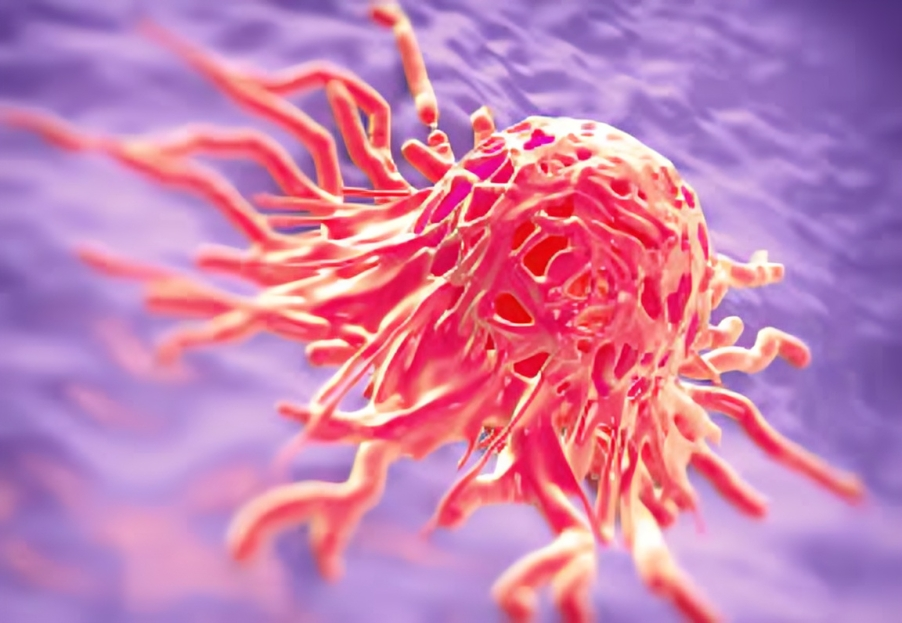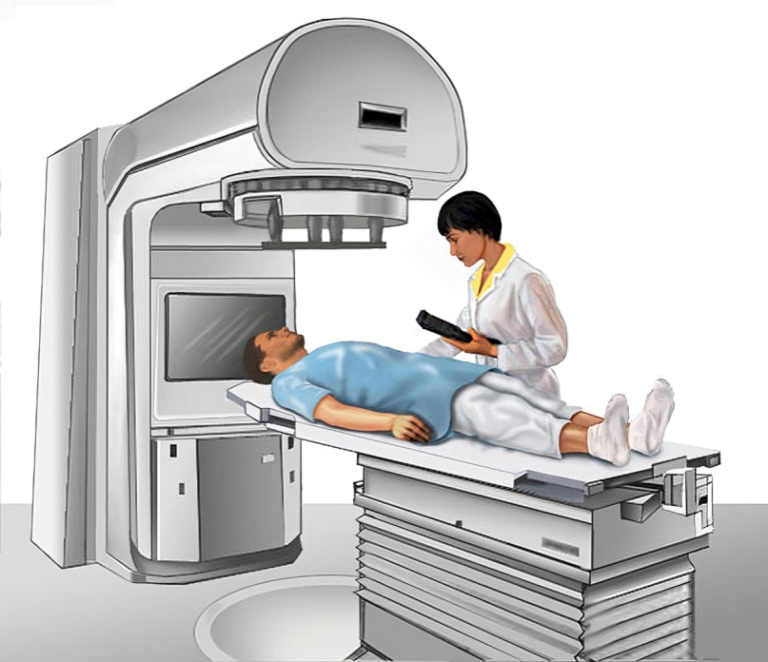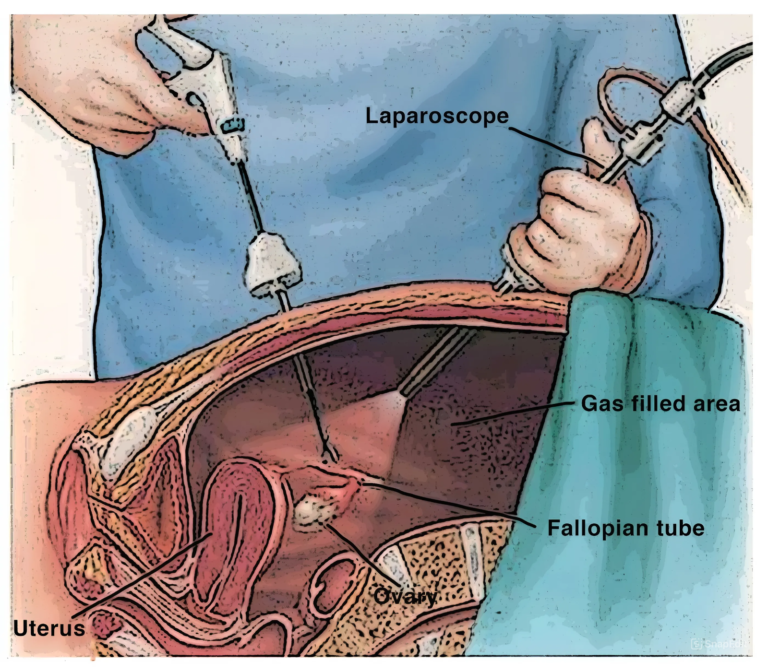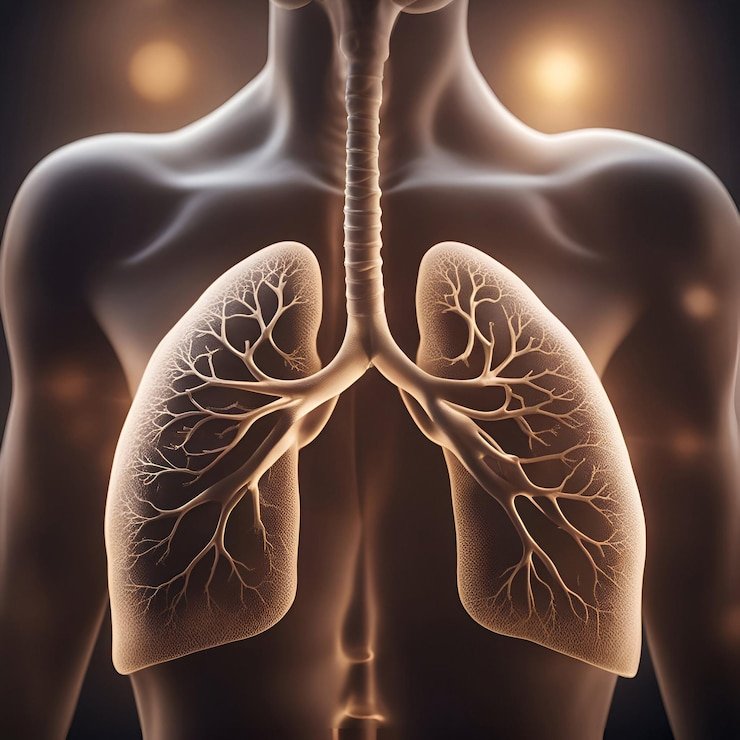Cervical Cancer: Understanding, Prevention, and Empowering Health.
Cervical cancer, a type of cancer that occurs in the cervix – the lower part of the uterus connecting to the vagina, is a significant global health concern. While it remains a prevalent issue, advancements in screening, prevention, and treatment have made significant strides in combating this disease. This article aims to provide a comprehensive overview of cervical cancer, covering its causes, risk factors, preventive measures, and the importance of early detection.
To Know More About It Please Click Here
Understanding Cervical Cancer
- Causes and Risk Factors:
- Human papillomavirus (HPV) is the primary cause of cervical cancer. Persistent infection with high-risk HPV strains can lead to the development of cervical abnormalities and, eventually, cancer.
- Other risk factors include smoking, a weakened immune system, long-term use of oral contraceptives, and a family history of cervical cancer.
- Symptoms:
- In its early stages, cervical cancer may not present noticeable symptoms. As it progresses, symptoms may include abnormal vaginal bleeding, pelvic pain, pain during intercourse, and unusual vaginal discharge.
Preventive Measures
- HPV Vaccination:
- HPV vaccines are highly effective in preventing infection with the most common high-risk HPV strains. Vaccination is recommended for both males and females before sexual activity begins.
- Regular Screening:
- Pap smears (Pap tests) and HPV tests are essential screening tools for detecting cervical abnormalities and early-stage cancer. Regular screenings help identify issues before they progress to advanced stages.
- Safe Sexual Practices:
- Practicing safe sex, using condoms, and limiting the number of sexual partners can reduce the risk of HPV transmission.
- Smoking Cessation:
- Smoking is a significant risk factor for cervical cancer. Quitting smoking not only benefits overall health but also decreases the likelihood of developing cervical cancer.
Importance of Early Detection
- Increased Treatment Success:
- Early detection through regular screenings increases the chances of successful treatment and recovery.
- Minimized Treatment Intensity:
- Detecting cervical cancer in its early stages often allows for less aggressive and more conservative treatment options.
- Preservation of Fertility:
- Early intervention can help preserve fertility options for women facing cervical cancer, as less invasive treatments may be possible.
Global Impact and Awareness
- Global Burden:
- Cervical cancer remains a leading cause of cancer-related deaths for women in many parts of the world, particularly in low-resource settings.
- Importance of Education and Access:
- Raising awareness about cervical cancer, its prevention, and the importance of regular screenings is crucial for reducing its global impact.
- Improving access to healthcare services, particularly in underserved communities, is essential for early detection and timely interventions.
To Know More About It Please Click Here
Conclusion
Cervical cancer is a preventable and treatable disease, with the key lying in education, vaccination, regular screenings, and early detection. By fostering a global commitment to awareness and access to healthcare, we can collectively work towards minimizing the impact of cervical cancer and empowering women to take charge of their reproductive health. Regular check-ups, vaccination, and a commitment to healthy lifestyle choices are pivotal steps in the journey towards eradicating cervical cancer and ensuring a healthier future for women worldwide.







